Task Force Issues Strategic Plan For Prescribed Burns
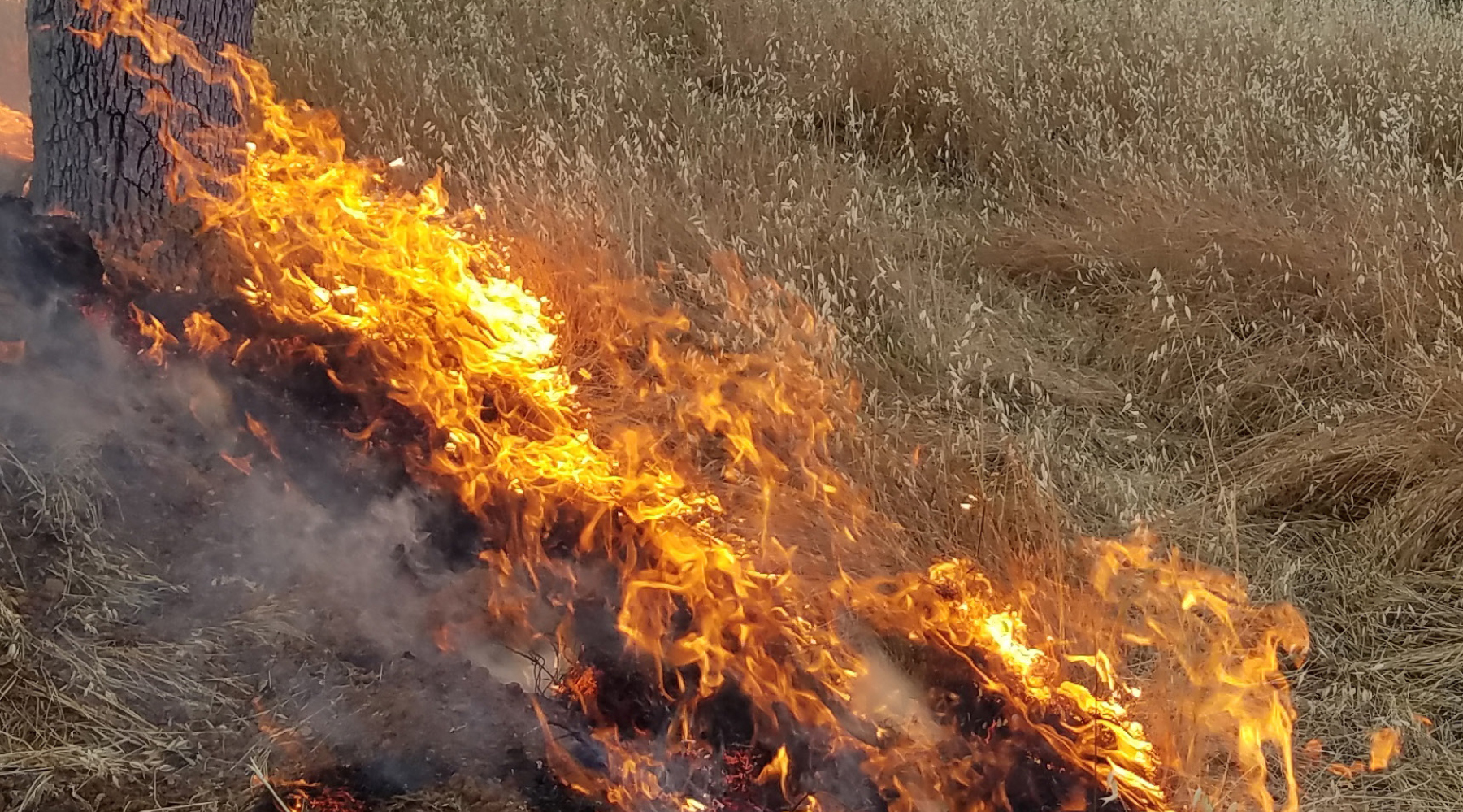
Task Force Issues Strategic Plan For Prescribed Burns
Comprehensive strategy lays path for state, federal, and tribal partners to promote use of “beneficial fire” on up to 400,000 acres annually by 2025 to help make forests more resilient.
March 30, 2022 – California Wildfire and Forest Resilience Task Force issued a Strategic Plan for Expanding the Use of Beneficial Fire to expand the use of prescribed fire and cultural burning to build forest and community resilience statewide – efforts critical to forest management and wildfire mitigation. By expanding the use of beneficial fire, the state can utilize smart burning tactics on brush and other fuels to help both prevent the start of fires and mitigate the spread of wildfires.Based on a collaborative effort of the state’s leading fire experts and managers, the Strategic Plan sets a target of expanding beneficial fire to 400,000 acres annually by 2025, a shared goal between state, federal, tribal, and local entities – part of an overall goal to treat 1 million acres annually in California by 2025. The state invested $1.5 billion in wildfire resilience in 2021 alone, including significant support for prescribed fire and cultural burning.“As climate change continues to exacerbate wildfire conditions, we’re bringing federal, state, tribal, and local partners together to more effectively address the scale of this crisis,” said Governor Gavin Newsom. “California is putting in the work to help protect our communities from the devastating impacts of wildfires, build for the long-term, and safeguard our treasured state for generations to come.” The Governor earlier this week participated in fuels management work along Highway 50 ahead of peak wildfire season, click here for b-roll of the Governor joining CAL FIRE and Conservation Corps crews.“We know that returning good fire to the ground is one of our best tools in the fight against catastrophic wildfire and climate change,” said Task Force Co-Chair and California Secretary for Natural Resources Wade Crowfoot. “This Strategic Plan includes the key steps we need to take over the next few years to build capacity, return to a culture of beneficial fire, and invest in our future.”“This plan is vital to improve the health and resilience of the state’s forests, reduce wildfire risk of vulnerable communities, and increase stewardship by Native American fire practitioners,” added Task Force Co-Chair and U.S. Forest Service Regional Forester Jennifer Eberlien.The key elements of the Strategic Plan include:
- Launching an online prescribed fire permitting system to streamline the review and approval of prescribed fire projects;
- Establishing the state’s new Prescribed Fire Claims Fund to reduce liability for private burners;
- Beginning a statewide program to enable tribes and cultural fire practitioners to revitalize cultural burning practices;
- A prescribed fire training center to grow, train, and diversify the state’s prescribed fire workforce;
- An interagency beneficial fire tracking system;
- Pilot projects to undertake larger landscape-scale burns; and
- A comprehensive review of the state’s smoke management programs to facilitate prescribed fire while protecting public health.
The announcement delivers on several of the key commitments made in the Wildfire and Forest Resilience Action Plan issued in January 2021. The Action Plan is also backed by the Governor’s $1.5 billion investment in forest health and wildfire resilience, and a proposed $1.2 billion additional investment for fiscal years 2022-23 and 2023-24. Lenya Quinn-Davidson, Area Fire Advisor, UC Cooperative Extension: “The plan gives me hope because it represents the vision and priorities of the people who know prescribed fire best—the community leaders, cultural burners, and agency practitioners who have been leading and championing this work for years. California is ready for a bolder, more collaborative approach to prescribed fire, and this plan gives us a great place to start.”Don Hankins, Professor, CSU Chico and Cultural Fire Practitioner: “California’s Strategic Plan for Expanding the Use of Beneficial Fire takes an unprecedented step for the state to address shortcomings of current fire policy and use. Most significant is the recognition of the role of Native American tribes, organizations and practitioners to revitalize traditional fire stewardship.”Craig Thomas, Director, The Fire Restoration Group: “California’s Strategic Plan for Expanding the Use of Beneficial Fire demonstrates the collaborative commitment to expand the use of restorative fire to limit damaging wildfires, stabilize forest carbon, better protect communities, and restore and maintain resiliency and biodiversity in the California landscape. This past year of collaborative work with State and Federal agencies, scientists, and multiple non-governmental partners has addressed and supported the proper role of restorative fire in California.”
Visit: Prescribed Fire Action Area Page
Governor Signs State Forest and Wildfire Budget
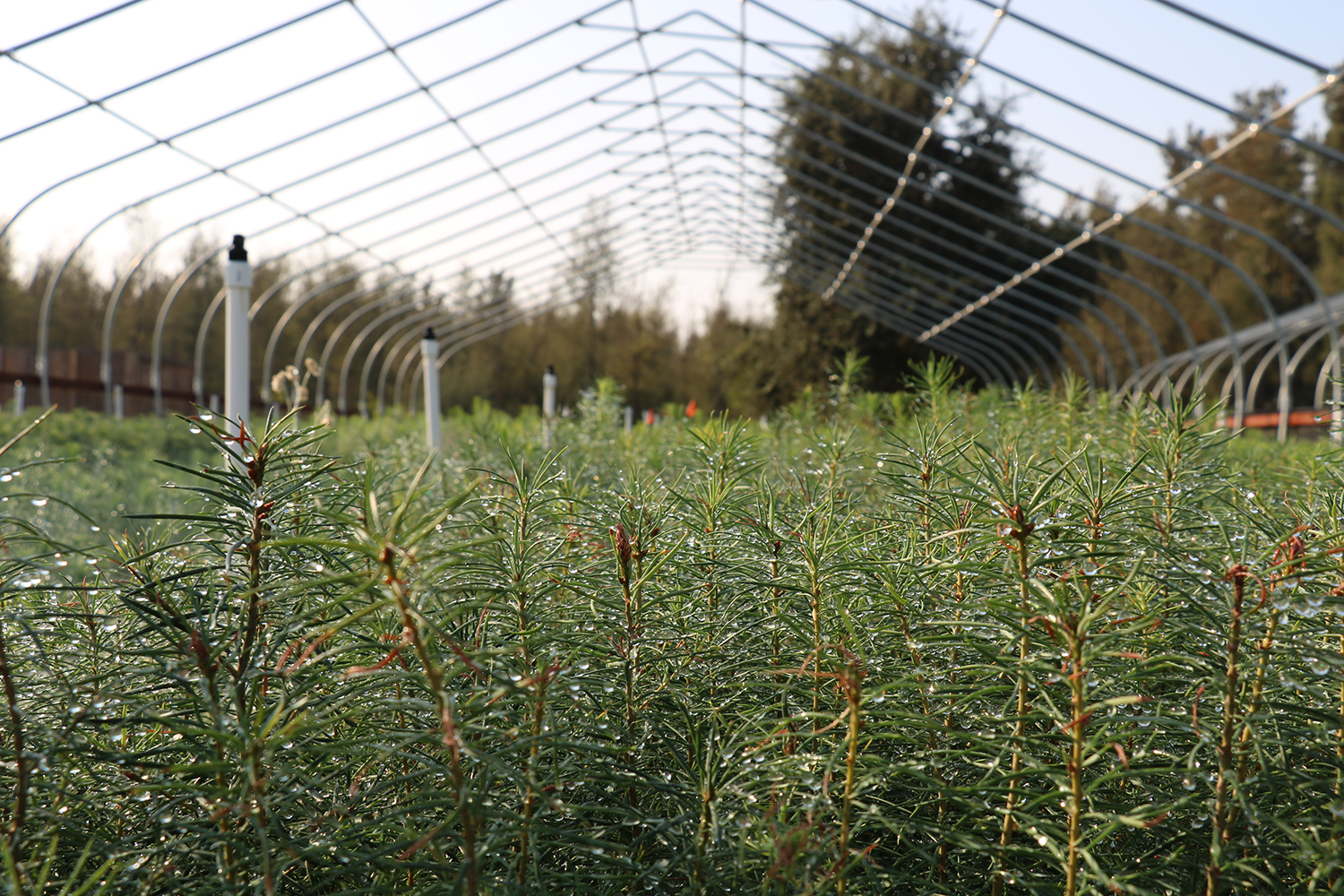
Governor Signs State Forest and Wildfire Budget
On June 30, Governor Newsom signed a state budget that includes an additional $670 million for programs that will provide immediate benefits during the 2022 fire season and help the state prepare for the 2023 fire season. Key investments (Link pending) include $400 million for wildfire resilience projects, $265 million for strategic fuel breaks, and $5 million to expand defensible space inspections. The budget also sets aside an additional $530 million over two years for forest and wildfire resilience programs that will be allocated in the summer pending additional discussions with the legislature.
RESOURCES
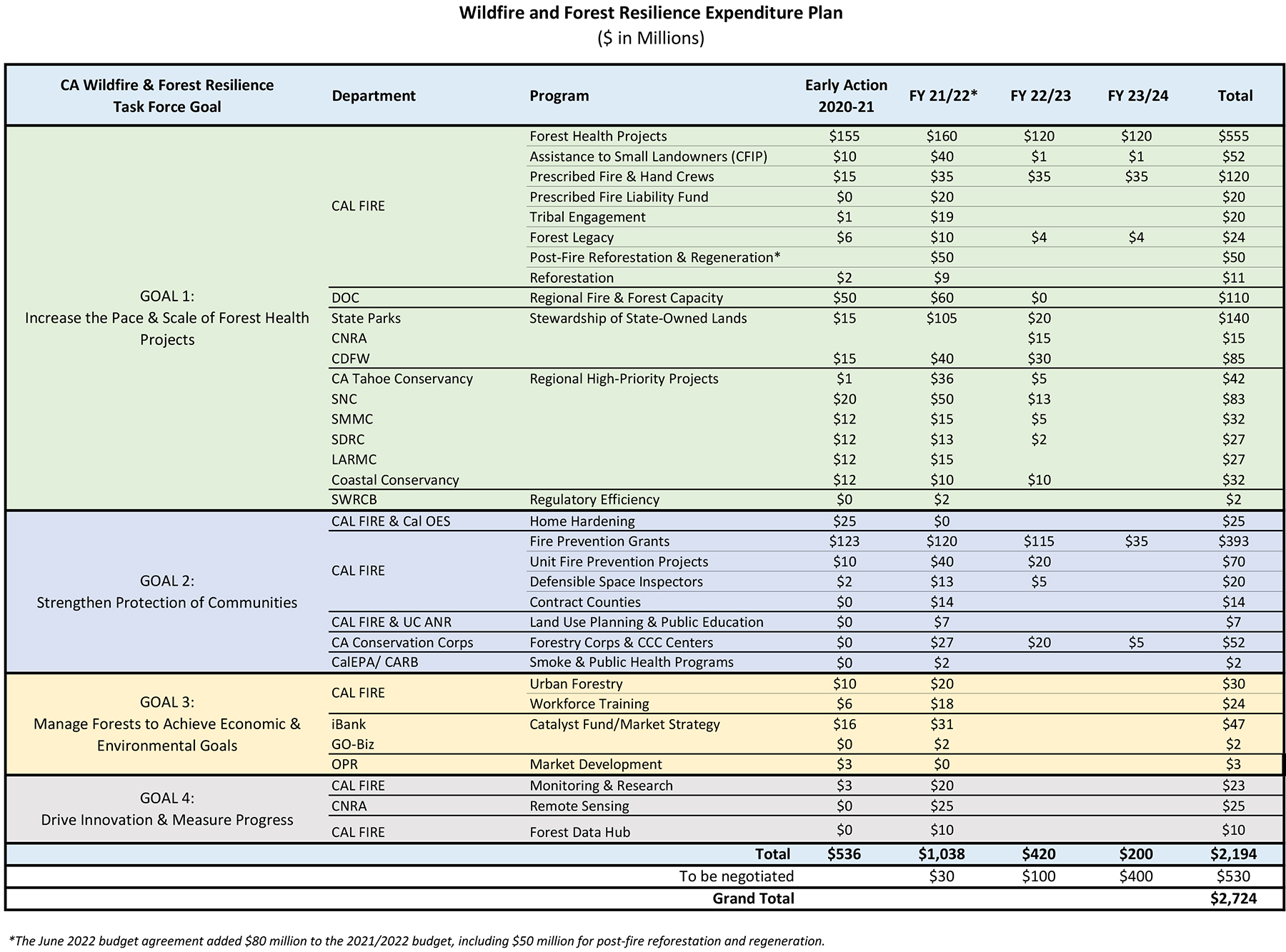
Forest Service Invests $55M in 41 Projects To Improve Outdoor Recreation and Conservation
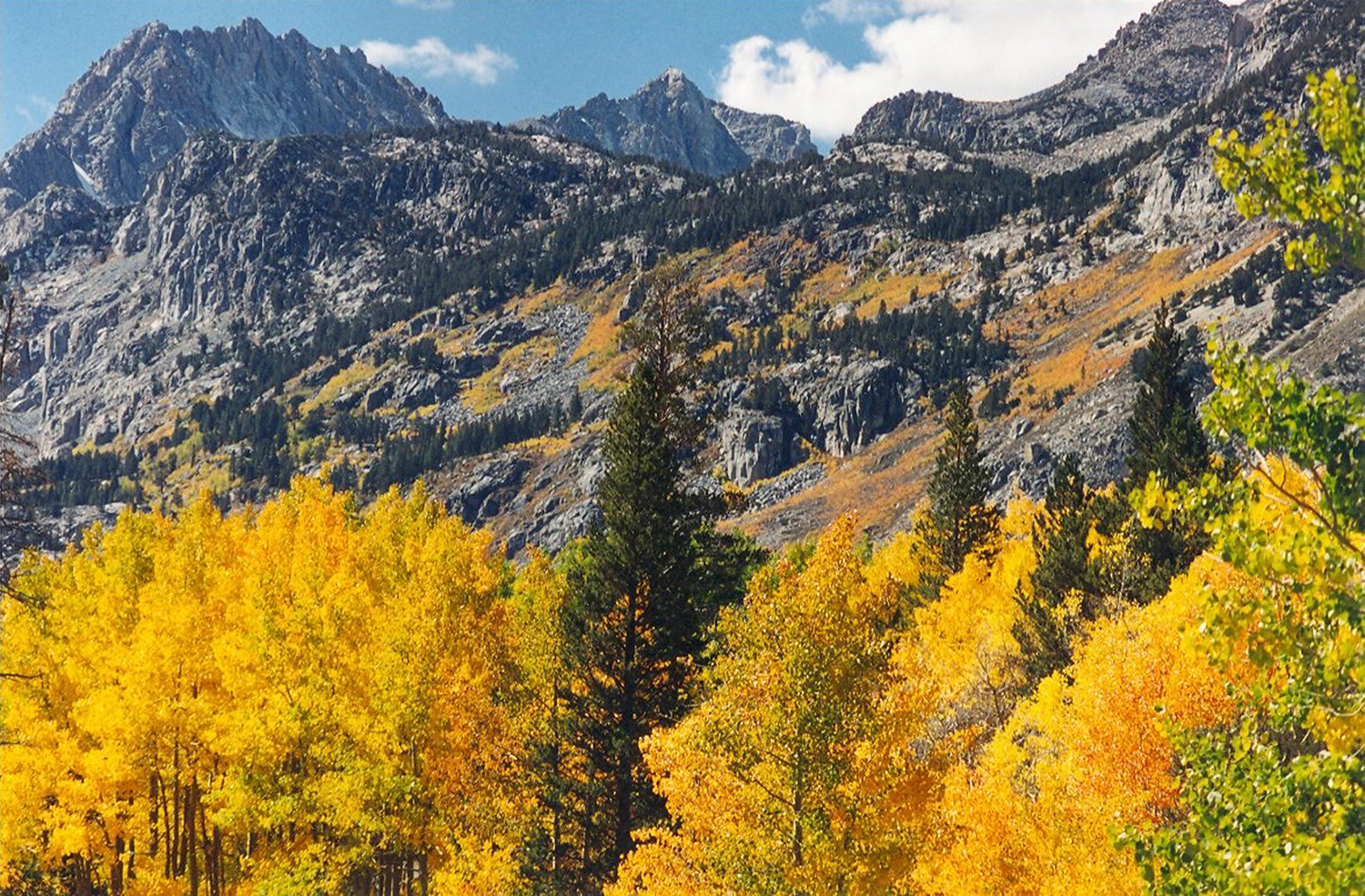
Forest Service Invests $55M in 41 Projects To Improve Outdoor Recreation and Conservation
The USDA Forest Service will invest nearly $55 million in funding from the Great American Outdoors Act (GAOA) to support 41 deferred maintenance projects across California and Hawaii in Fiscal Year 2022.
RESOURCES
USDA Announces $503 Million to Improve Outdoor Recreation and Conservation on National Forests
Forestry project complete at Feather River reservoir
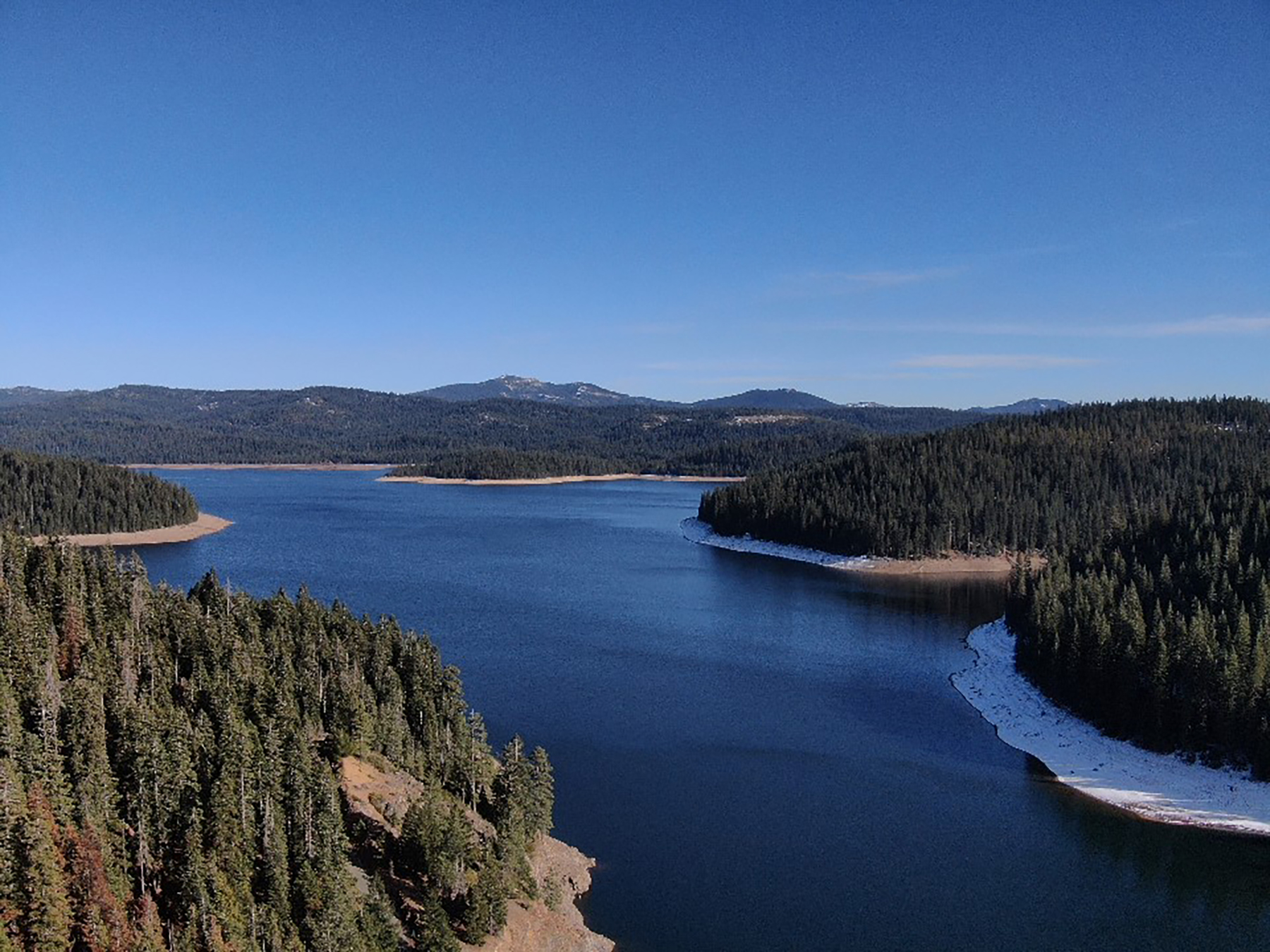
Forestry project complete at Feather River reservoir
The Little Grass Valley Reservoir Watershed Project will have a big impact when it comes to protecting local communities and valuable water infrastructure from wildfire.
RESOURCES
High Risk Landscapes To Receive $80.7M in U.S. Forest Service Funding
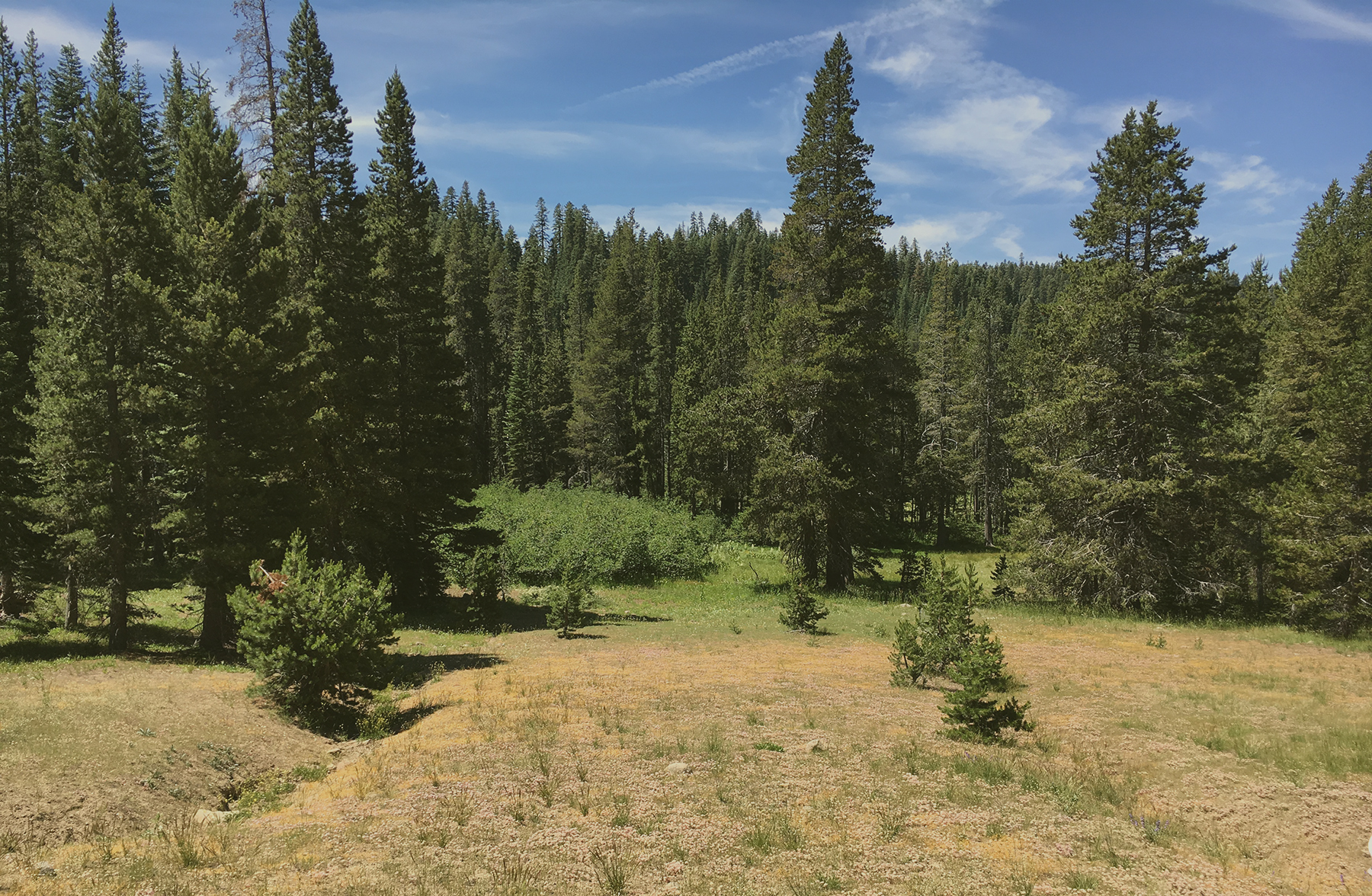
Two High Wildfire Risk Landscapes To Receive $80.7M in U.S. Forest Service Funding
Targeted investments for first high-risk areas identified in Tahoe and Stanislaus National Forests.
April 20, 2022 – As part of the Forest Service’s strategy for Confronting the Wildfire Crisis, two landscapes within the Stanislaus and Tahoe national forests will receive targeted investments to increase forest resiliency and health through a broad range of treatments. These two forests will collectively receive $28.6 million in 2022 and an additional $52.1 million over the next three years, for a total of $80.7 million. This funding is being appropriated through the Bipartisan Infrastructure Law.
The North Yuba Landscape Resilience area on the Tahoe National Forest and the SERAL (Social and Ecological Resilience Across the Landscape) area on the Stanislaus National Forest are two of 10 landscapes selected nationally to receive this funding. Overall, the 10 landscapes will receive $131 million this year to begin implementing our 10-year strategy for protecting communities and improving resilience in America’s forests.
In addition to state and federal agencies, these two landscape-scale restoration efforts are supported by partnerships with Yosemite Stanislaus Solutions, Tuolumne County, the Tuolumne Band of Me-Wuk, the North Yuba Forest Partnership – which includes Sierra County and the Nisenan of the Nevada City Rancheria – and several others. To find out more about the initial landscape investments, visit WCS Initial Landscape Investments- USDA Forest Service.
Tahoe National Forest:
The 313,000-acre North Yuba Landscape is one of the largest contiguous “unburned” landscapes remaining in the Sierra Nevada Mountains. The North Yuba watershed is also an important water source for residential and agricultural areas surrounding Sacramento. It feeds a reservoir retained by the tallest dam in California, which also provides power to the Sacramento area. Through ecologically based thinning and prescribed fire, the North Yuba Forest Partnership seeks to protect North Yuba communities from the threat of catastrophic wildfire and restore the watershed to a healthier, more resilient state. This landscape is also host to the first two Forest Resilience Bonds, which leverage substantial private sector investment to help fund implementation of this work.
Stanislaus National Forest SERAL:
Within the Stanislaus Landscape a full suite of needed treatments to restore forest resilience at a landscape scale. Named SERAL for Social and Ecological Resilience Across the Landscape, these treatments include mastication, biomass removal, machine piling for burning, hand piling for burning, hand thinning, timber harvest, hazard tree removal, prescribed fire, and fuel break construction and maintenance. Combined, these efforts will reduce hazardous fuels and create a landscape that can better withstand disturbances such as wildfire, insects, disease, and drought conditions, while also protecting local communities, providing for critical species habitat, and supporting forest use and recreational opportunities.
RESOURCES
Camp Cinder
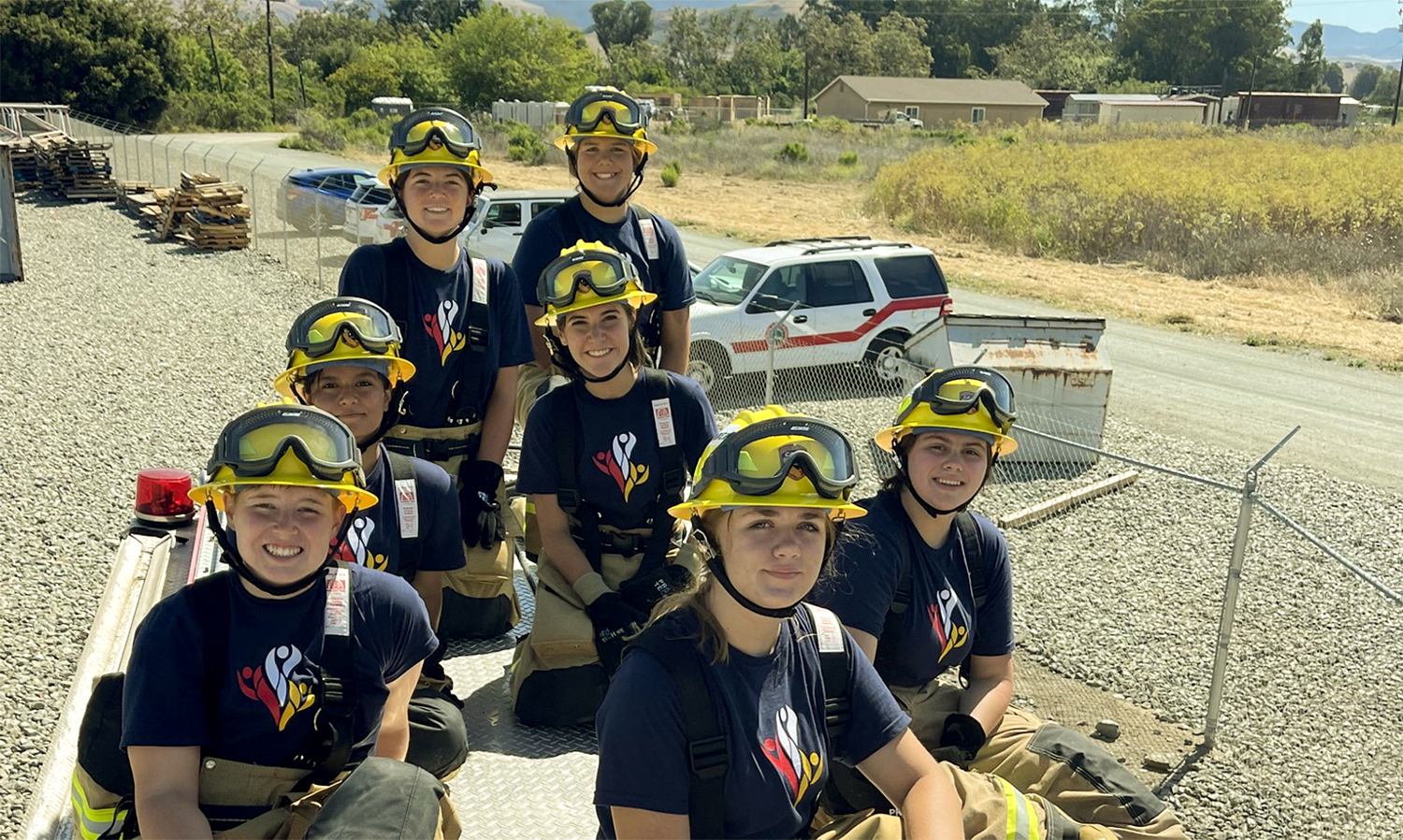
Camp Cinder
CAL FIRE’S summer program, Camp Cinder, inspires young women to join the future of the fire service.
Boggs Mountain Demonstration State Forest Research Video
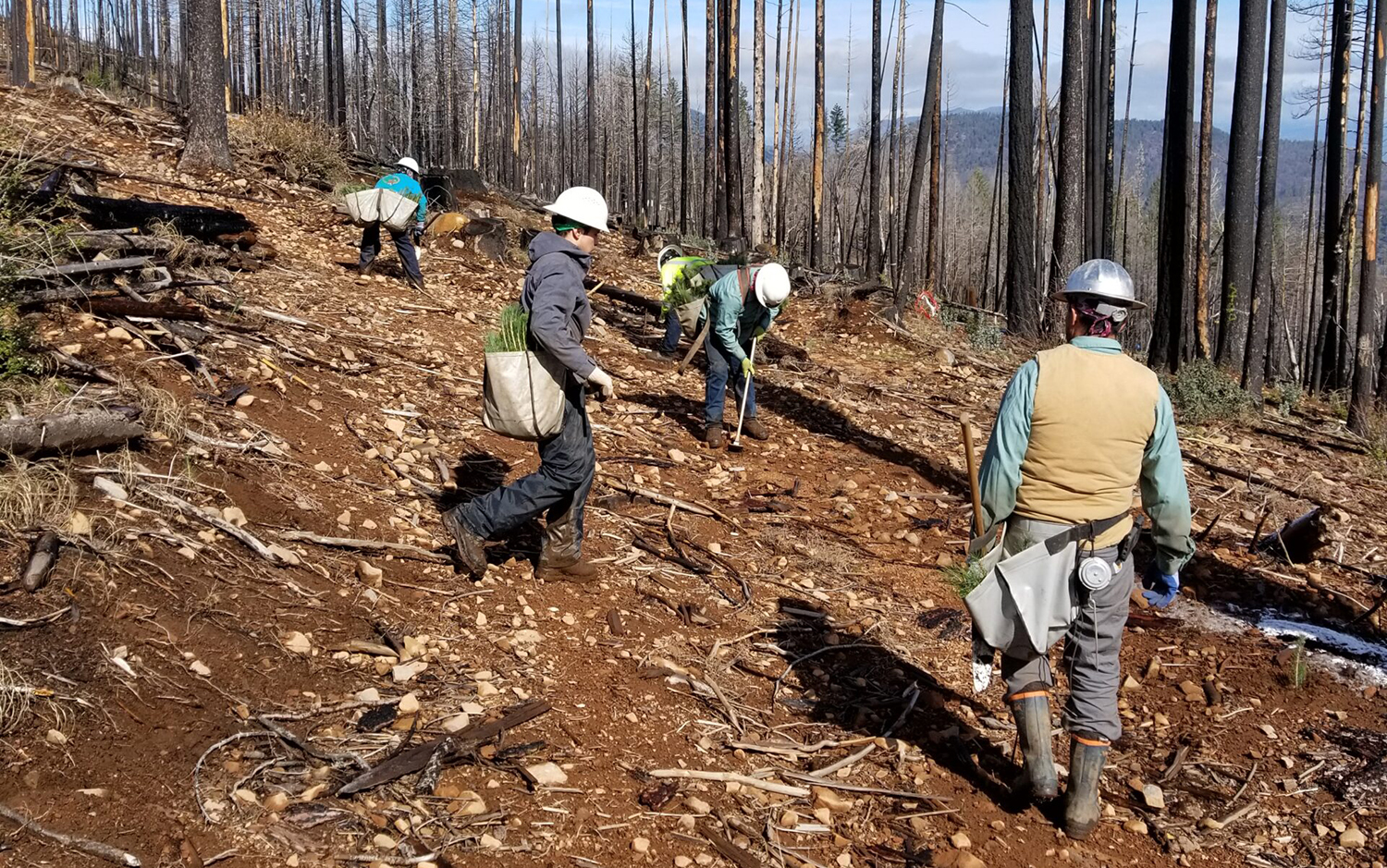
Boggs Mountain Demonstration State Forest Research Video
Wildfire is increasingly impacting small to medium sized forest landowners. Deciding what to do with their land post-fire can be challenging, which is why CAL FIRE’s Fire and Resource Assessment Program has implemented a long term post-fire reforestation study at Boggs Mountain Demonstration State Forest. The results of this study will help inform landowners about different options for post-fire reforestation. The experiments and research conducted on Demonstration State Forests helps inform management practices for government, nonprofit and private forestland owners. Private forestland ownerships comprise 40% of California’s forestland and are key to sustaining forests for all California.
Community Wildfire Preparedness and Mitigation Division
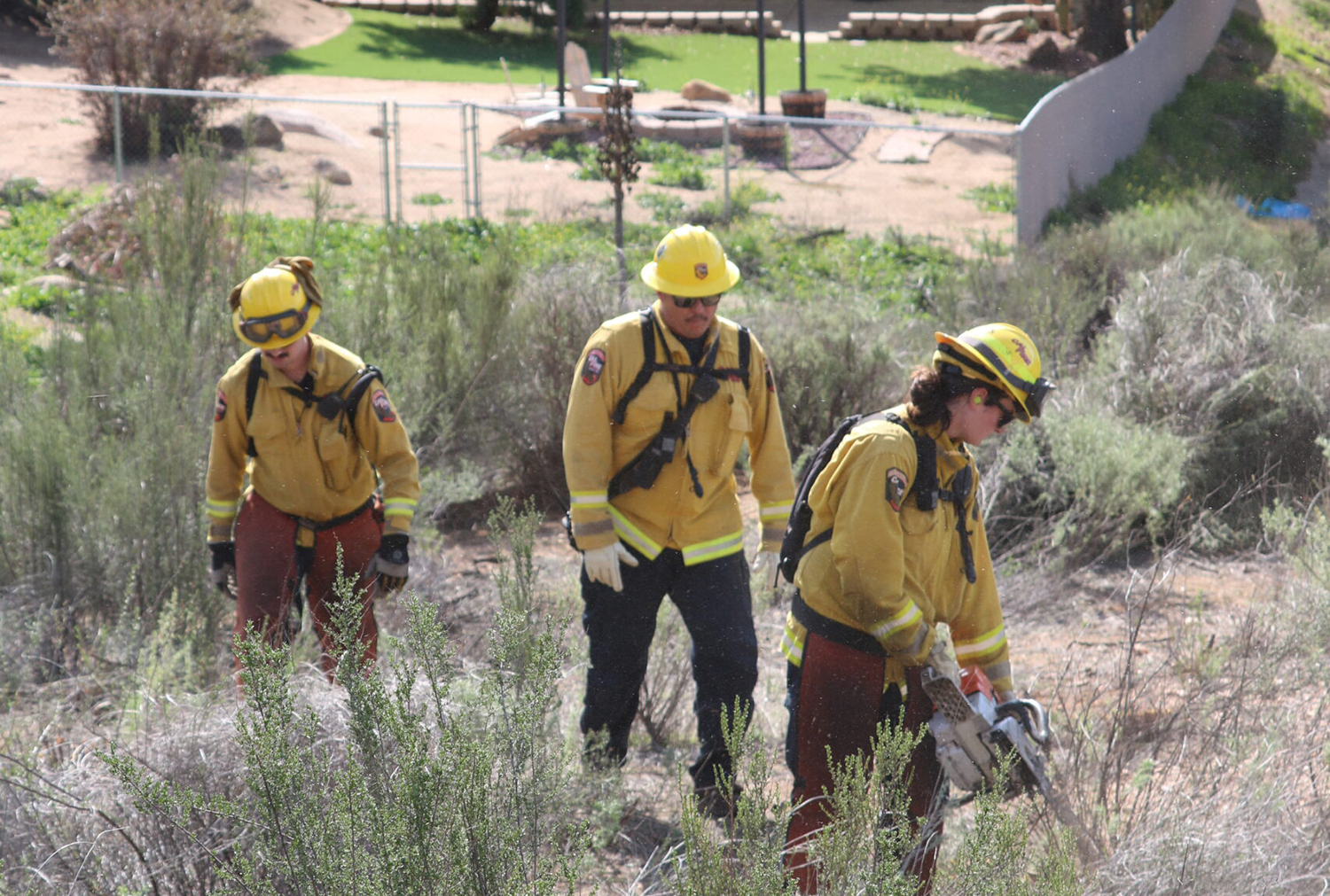
Community Wildfire Preparedness and Mitigation Division
The Office of the State Fire Marshal’s Community Wildfire Preparedness and Mitigation Division works with federal, state, and local agencies, Native American tribes, non-profit entities, and other stakeholders to prepare California communities against the devastating effects of wildfire. The various programs within the division allow CAL FIRE to continue to build local and regional capacity, as well as developing, prioritizing, and implementing strategies and projects that create wildfire prepared communities. The tasks involve working with stakeholders on wildfire planning to reduce or eliminate fire hazards and risks, modifying the environment by removing or reducing receptive fuels, conducting fire hazard compliance inspections, and providing education and grant opportunities for wildfire prevention efforts.
RESOURCES
California Incident Data and Statistics Program (CalStats)
CAL FIRE’S Land Use Planning Program
Congress' plan to save California’s giant sequoias from worsening wildfires
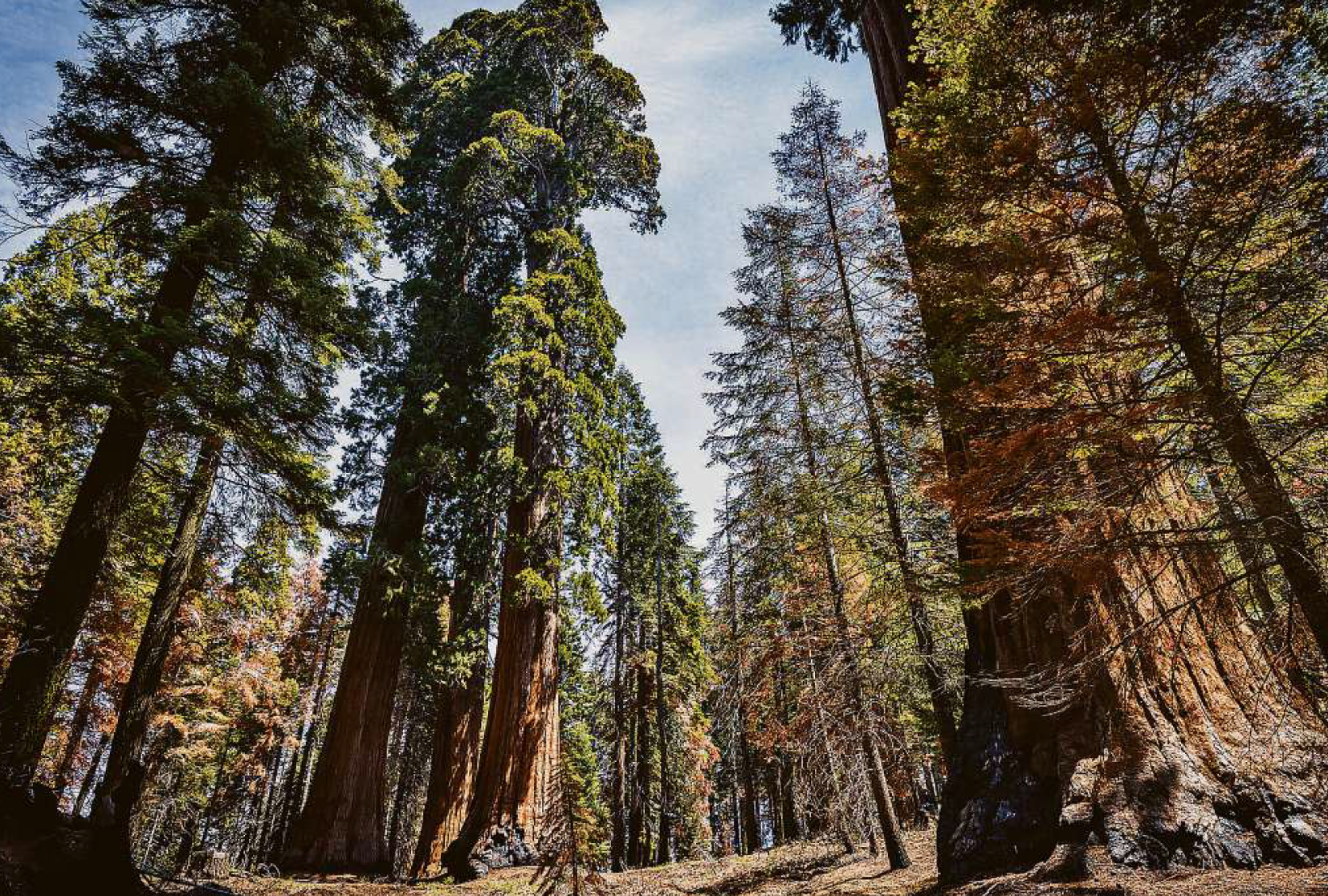
Congress' plan to save California’s giant sequoias from worsening wildfires
Over the past two years, nearly a fifth of all giant sequoias, once considered virtually immune to wildfire, burned so badly they died. Fire experts fear more lethal blazes are imminent.
In a rare show of bipartisanship, California’s Democratic Rep. Scott Peters of San Diego and Republican House Minority Leader Kevin McCarthy of Bakersfield plan to introduce the Save our Sequoias Act, a bill that would provide money and support to restore and help fireproof the venerable giants.
RESOURCES
CAL FIRE Exceeds Goal of 100,000 Acres Treated Ahead of Schedule
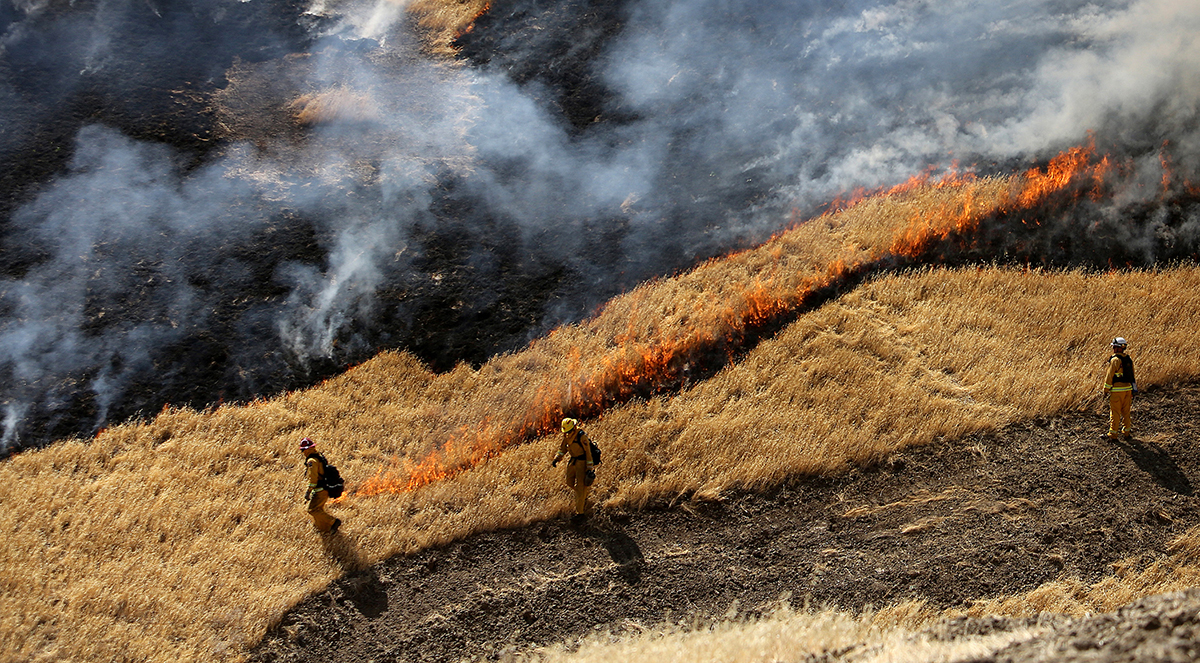
CAL FIRE Exceeds Goal of 100,000 Acres Treated Ahead of Schedule
Transition to peak staffing for upcoming fire season also complete.
June 21, 2022 – CAL FIRE is making significant progress in their important contributions to California’s Wildfire and Forest Resilience Action Plan. Today they announced two significant accomplishments, starting with the news that they have already surpassed one of the plan’s Key Action items – to treat 100,000 acres by 2025.
According to current estimates, CAL FIRE has achieved 110,925 acres treated by using all fuels reduction methods, including prescribed fire. The work includes more than 600 fuel reduction projects.
Along with achieving this important milestone, in preparation for the upcoming wildfire season, CAL FIRE has also completed the transition to peak staffing across California. Peak staffing ensures all CAL FIRE stations are open and staffed 24 hours per day; response capabilities are enhanced; all aircraft are prepositioned and staffed; and crews are staffed, trained, and working.
